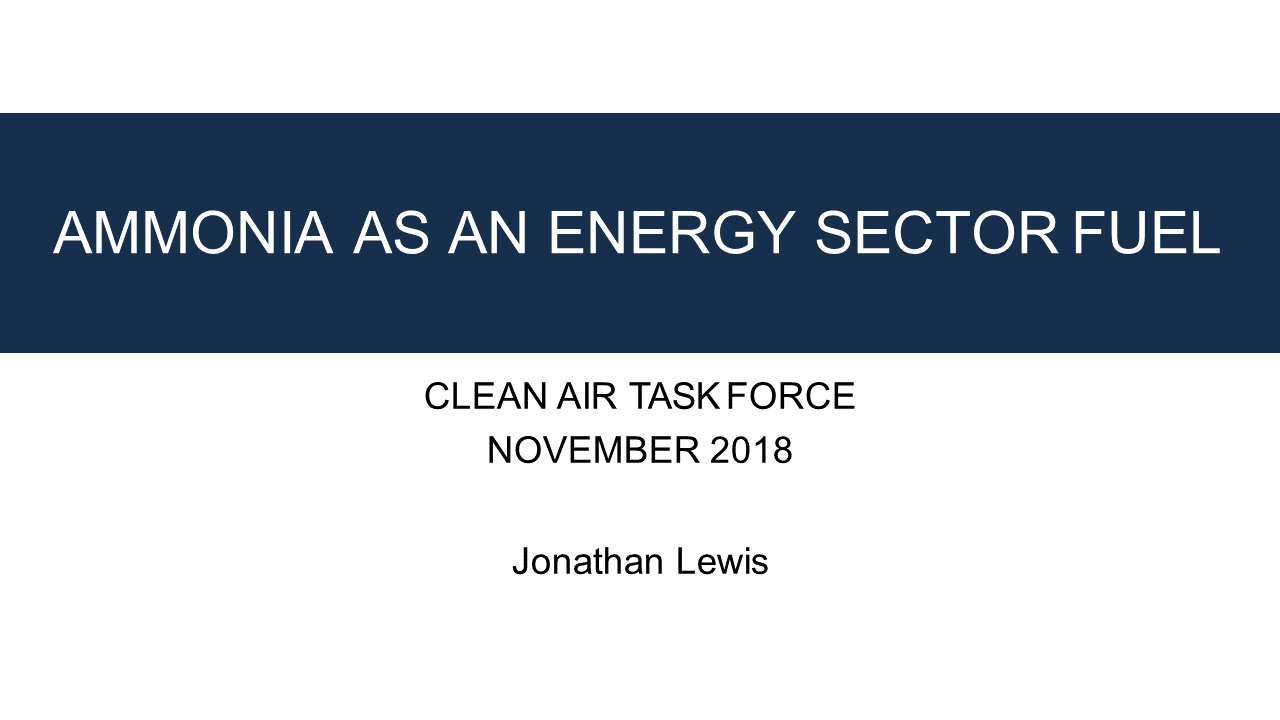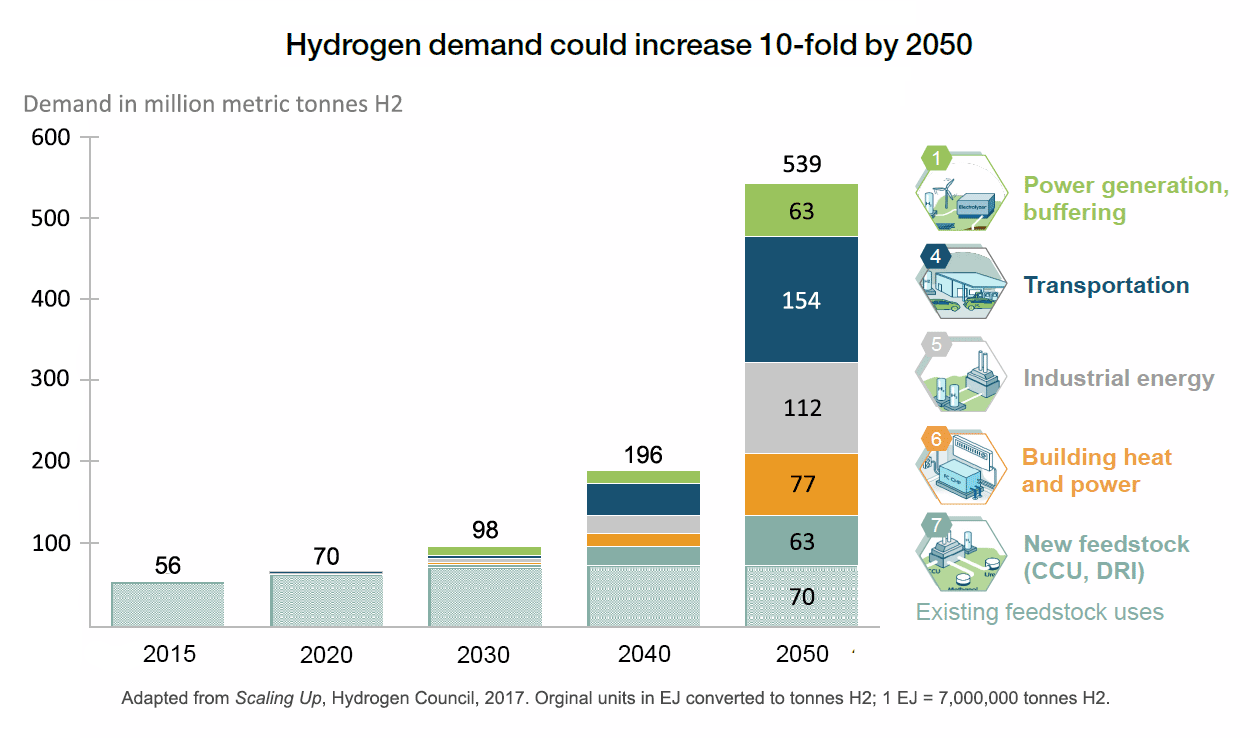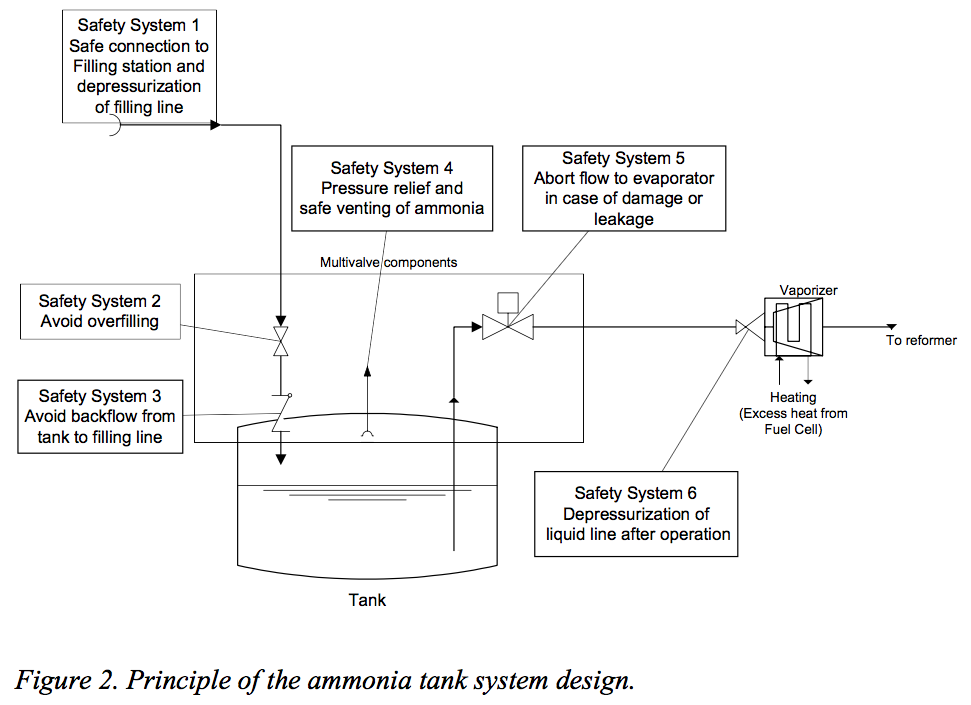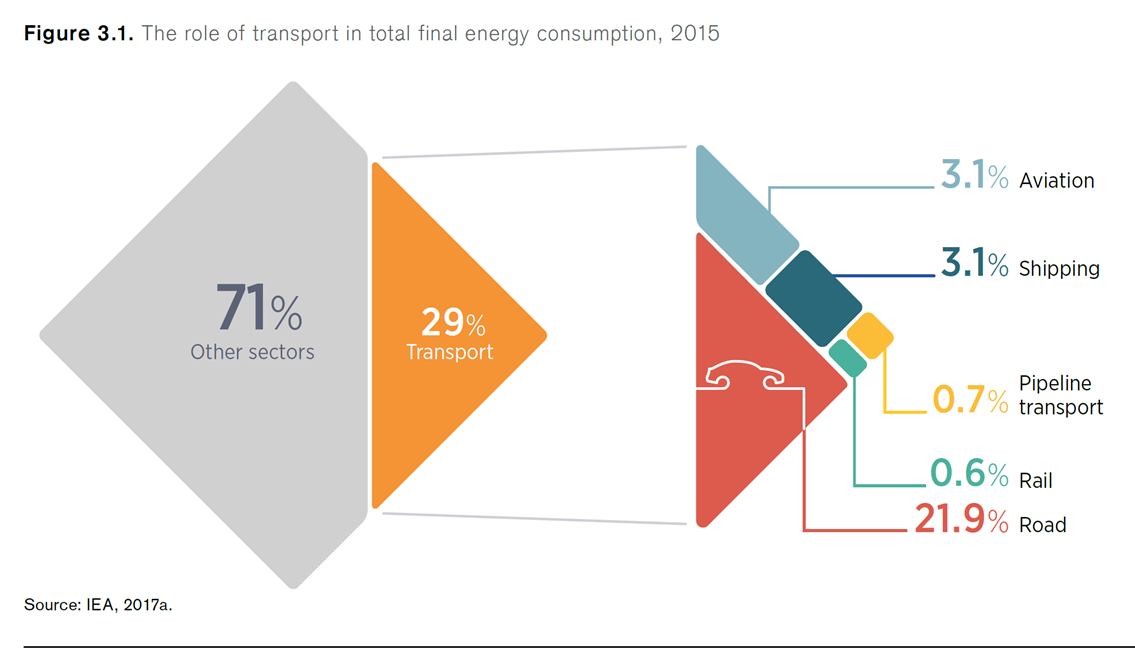Transportation Fuel
Great Strides in NH3 Commitment and Progress in Australia
In the last 12 months ... Ammonia Energy has published posts covering pertinent activity in 32 different countries. In most of them, ammonia’s potential as versatile energy vector has reached the point of avowed interest from relevant institutions. In a small handful, it has become a part of national policy. But, as demonstrated in repeated instances throughout the year, nowhere is ammonia energy more robustly embraced than Australia. The central argument behind this assertion is captured in the phrase, “the complete package,” as in “package of resources, policies, players, partners, and investments.”
Ammonia Is Taken Up by Wide-Circulation Media
In the last 12 months ... If a “meme”, in the definition of British psychology professor Susan Blackmore, “is information copied from person to person, including words, stories, technologies, fashions, and customs,” then clearly there is a meme spectrum that has “esoteric knowledge” at one end and “the common wisdom” at the other. Where does ammonia energy fall on this spectrum? “Esoteric knowledge” it may once have been, but this is no longer the case with the concept’s first incursions into mainstream reporting this year.
This Week in Hydrogen
September 10–14 gave us five remarkable events both evidencing and advancing the rise of hydrogen in transportation and energy. Any one of them would have made it a significant week; together they make a sea change.
Science Publishes "Net Zero Emissions" Paper, NH3 Seen in Prominent Role
Ammonia energy received prominent mention in a review article published in the June 29, 2018 edition of Science magazine. Science is the flagship publication of the American Association for the Advancement of Science. The paper, whose main body is almost 7,000 words long, is entitled “Net zero emissions energy systems.” While the paper's overall mission is to examine “the special challenges associated with an energy system that does not add any CO2 to the atmosphere,” the specific concerns that set it in motion relate to the idea that “energy services essential to modern civilization entail emissions that are likely to be more difficult to fully eliminate.” The paper is a detailed investigation of technological solutions that can be applied in these areas. Ammonia is highlighted as an “energy-dense liquid fuel” that could meet the needs of long-distance transportation services including aviation, long-distance trucking, and shipping.
CSIRO Demonstrates Ammonia-to-Hydrogen Fueling System
On August 8th Australia’s Commonwealth Scientific and Industrial Research Organization (CSIRO) gave a public demonstration of its newly developed ammonia-to-hydrogen fueling technology. In an interview this week with Ammonia Energy, Principal Research Scientist Michael Dolan reported that the demonstration drew more media attention than any event in CSIRO’s history – “by a comfortable margin.” The reporting sounded a set of celebratory themes, summed up by this headline from the Australian Broadcasting Corporation: Hydrogen fuel breakthrough in Queensland could fire up massive new export market. The stories, in other words, focused on what the demonstration could mean for fuel cell vehicles (FCVs) and the Australian economy. They did not penetrate to the heart of the matter which involved a practical development whose importance can be uniquely appreciated by the ammonia energy community.
Safety Assessments of Ammonia as a Transportation Fuel
New data from a number of ammonia energy safety studies will be published later this year. In the meantime, two excellent reports already exist that provide comparative, quantitative risk analyses. Each compares the risks of using ammonia as a fuel in passenger vehicles against the risks of other fuels, including gasoline, LPG, CNG, methanol, and hydrogen. Both conclude that the risks associated with using ammonia as a fuel are "similar, if not lower than for the other fuels."
What drives new investments in low-carbon ammonia production? One million tons per day demand
Last week, the International Maritime Organization (IMO) formally adopted its Initial GHG Strategy. This means that the shipping industry has committed to "reduce the total annual GHG emissions by at least 50% by 2050," and completely "phase them out, as soon as possible in this century." This also means that a global industry is searching for a very large quantity of carbon-free liquid fuel, with a production and distribution infrastructure that can be scaled up within decades. The most viable option is ammonia. How much would be required? Roughly one million tons of ammonia per day.
P2X, Ammonia Highlighted for Long-Haul Road Transport, Shipping
The International Renewable Energy Agency (IRENA), in partnership with the International Energy Agency (IEA) and Renewable Energy Policy Network for the 21st Century (REN21), released a report this month entitled "Renewable Energy Policies in a Time of Transition." The 112-page document is a comprehensive survey of technologies, policies, and programs that have current or prospective roles in the global transition to a sustainable energy economy. For the ammonia energy community, one of its conclusions stands out in vivid relief: "Developing P2X is crucial because it plays a key role in decarbonising long haul road transport, aviation and shipping sectors that are difficult to decarbonize ... The overall recommendation for developing P2X is to focus on the development of ammonia for the shipping sector as well as long haul road transport, where few or no competing low carbon technologies exist and P2X is expected to be economically viable."
Decarbonising Maritime Transport: OECD report sees ammonia fuel enabling carbon-free shipping by 2035
Twelve months ago, I wrote here that "the shipping industry is beginning to evaluate ammonia as a potential 'bunker fuel,' a carbon-free alternative to the heavy fuel oil (HFO) used in maritime transport." Around that time, I described the obstacle to adoption of ammonia fuel as an information gap, rather than a technology gap, because no new technology was required: the industry simply did not know about ammonia. This information gap had allowed the industry to believe that "CO2 reduction objectives will only be achievable with alternative marine fuels which do not yet exist." I'm glad to announce that this information gap is closing, and fast. According to a report published last week by the International Transport Forum, the OECD's "think tank for transport policy," the use of "currently known technologies could make it possible to almost completely decarbonise maritime shipping by 2035." This conclusion requires the adoption of ammonia as a zero-carbon fuel.









